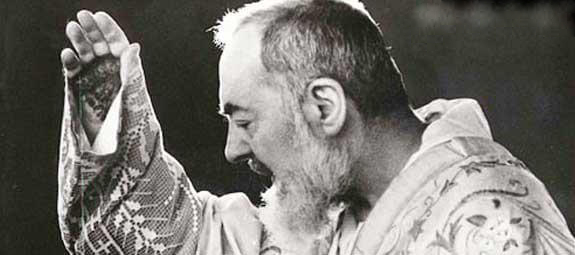Tantra and Christian Mystics – Part 2
In a previous article we looked at the spiritual path of devotion and explored the mechanism behind the mystical experience. We examined how this is manifested in the Christian mystics and then sought to understand how the process goes beyond culture or tradition. We considered it as a game of magnets. One magnet pulls us up to our spiritual ideal, to our love for God, and the other draws us down to the worldly, selfish life.
Through intense prayer and with grace, those on the path of devotion seek to magnify the upward pull and gradually reduce the effects of the downward pull. In this way, a little love can attract grace and grow exponentially into great love. By investing what little love we have in prayer, even those who started out dry and heartless have grown to have an extraordinary love for the divine.
The Prayer of Quiet and Coming Out of the Ego
All the time that our worldly desires are stronger than our love for God, the Divine within us is held in the shackles of mental agitation. We cannot experience the spiritual reality because of our heavy selfishness. We love our selfishness more than we love the whole. We want to ‘get’ more than we want to be an integrated part.
It is like we are a computer with some software that eats up all our RAM. We have amazing programs on our computer, but can’t access them. Once our devotion grows enough, the selfish program collapses; the Ego is smashed and the Ego operating system is replaced with the universal operating system. All sorts of programs appear on our computer that we could not even imagine before.
Different spiritual paths have different ways to quieten the mind and remove the mental agitation. On the path of devotion, this comes though making our love for God so strong that it overcomes our egoism.
We have all experienced those moments when we are stopped in our tracks by an experience of the Divine. It could come while looking at a mountain, reading a poem, or through a deep connection with somebody we love.
As devotion grows and the balance is tipped in favour of love for God rather than ourselves, there is an improvement in the quality of attention and a more sustained shift in perception. We no longer see ourselves as a limited self, but as connected to everything. This is what the Christian tradition calls the ‘prayer of quiet’ and Tantra describes as ‘coming out of the ego’. The mind becomes silent and free of the agitation of ‘me’ and ‘mine’. The inner secrets of the Universe are revealed. Consciousness meets reality without the mind in between.
Teresa of Avila describes how, in this state, the inner meanings of scriptures were revealed to her, even though she was reading in Latin, a language unfamiliar to her. You often see this state in children. A child can look at a flower for a very long time and will ‘get’ the flower.
The scriptures are all written from this place, from the Tao Te Ching to the Bible to the Yoga Sutra of Patanjali. This is why they are so relevant to us today, despite being written thousands of years ago. Divine knowledge is timeless.
The Mystical Experiences of the Saints
We can see these states of consciousness in some of the great spiritual masters and saints.
Starting from the Hindu tradition, Ramakrishna Paramahansa became a saint of all traditions. He would spend huge amounts of time in meditation, sometimes months at a time. His disciples would have to beat him with a stick to bring him out of the state of universal consciousness enough to feed him some rice.
St Clare was a devotee of St Francis. She wanted to meet with him and have lunch, but it took her a long time to persuade him. Eventually when they did meet, they prayed and sang with such a love for God that their hearts fused. The light that their devotion created was visible from the nearby village. The people in the village thought that the monastery was on fire and headed there with buckets. They were astonished to find not a fire, but a heavenly light.
The 20th Century mystic saint Padre Pio lived a simple life, giving people comfort and advice and doing miracles. One story of his wonderful mystical states is that he appeared in the dream of an American. The man perceived Padre Pio’s saintly nature and asked for his father to be healed from cancer. After the father was healed, the American travelled to Italy to say thank you. When they met, Padre Pio recognised him from the dream and asked how his father was. The man was amazed.
Like St Francis, Padre Pio lived much of his life with the stigmata, or wounds of Christ on his hands. In the 50 years since his death, his body has hardly decayed. The immense grace that he received and love that he had transformed his body so fundamentally that, even after death, it remains as a token of a wonderful spiritual life.
The Potential for Saintliness in All of Us
If there is a message to draw from our exploration of the mystical experience, it is that there is a potential for saintliness in all of us. It is for us to choose what we want. The path of devotion is accessible to anyone who is determined and makes the choice to follow the path. If we invest what love and devotion we have in spiritual practice, that love will grow and grow.
Based on a lecture by Uriel Yariv, 2nd May 2020.

